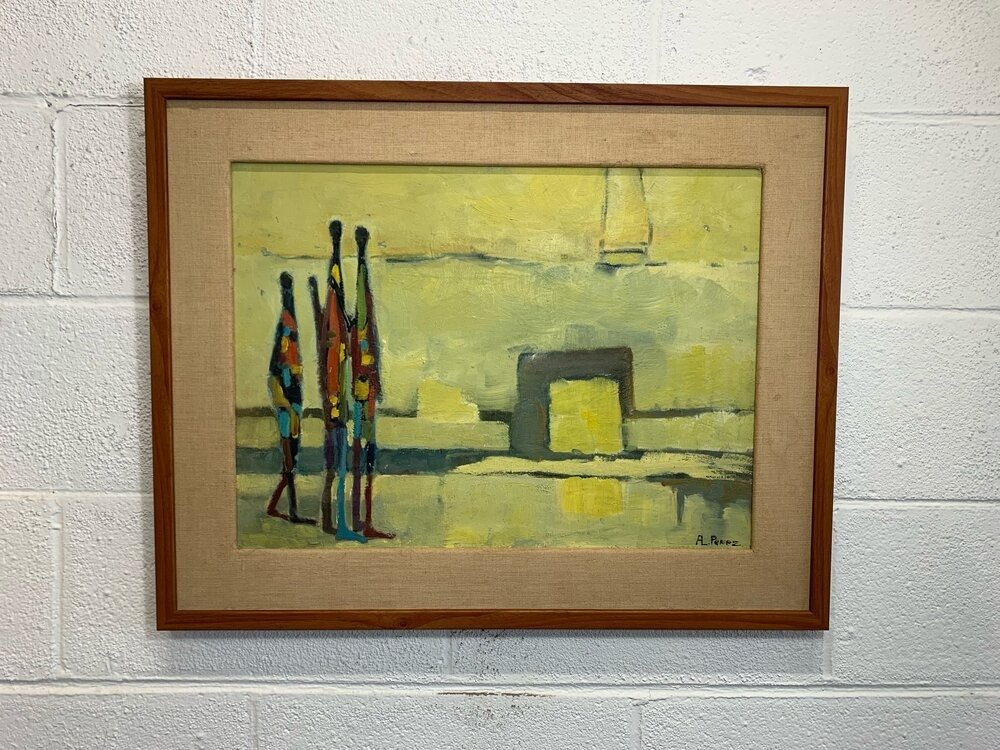Abstract painting is a type of art that does not depict recognizable objects or scenes but rather uses shapes, colors, lines, and textures to create visual effects and emotions. Abstract art emerged in the early 20th century as a reaction to the realism and naturalism of traditional art and as a way to explore new possibilities and meanings of art.
In this article, we will explore the history and evolution of abstract art, the benefits and advantages of creating and appreciating these paintings, and some tips and examples of how to make your abstract art.
How Abstract Painting Transformed the Art World and Captivated Millions
Abstract art is a kind of art that does not show real things. It uses shapes, colors, and lines to show the artist's feelings and thoughts. Some of the first abstract painters were Kandinsky, Mondrian, Malevich, and Klee. They used different forms and colors to express their ideas about life and spirit.
Later, American painters like Pollock, Rothko, de Kooning, and Frankenthaler made abstract paintings showing their emotions and actions. They used colors, movements, and drips to make their paintings. It is also mixed with other kinds of art, like sculpture, photography, and music.
Abstract art is interesting, important, popular, and profitable. According to Statista, “the abstract art market was worth $45.9 billion in 2020 and will be worth $50.9 billion by 2025”.
These features make these kinds of paintings attractive and fun for many people, who can enjoy the art and its meaning.
What is Abstract Painting, and How Did It Develop?
Abstract painting is a term that covers a variety of art movements and styles that emerged in the late 19th and early 20th centuries, such as Cubism, Expressionism, Surrealism, and Abstract Expressionism. These movements were influenced by the changes in science, technology, and philosophy that challenged the traditional ways of representing reality.
Abstract art is not based on imitating nature but on manipulating visual elements, such as shapes, colors, lines, and textures. Abstract artists use these elements to create visual compositions with different meanings and interpretations, depending on the viewer’s perception and imagination. It can also use symbols, signs, or gestures to suggest certain concepts or messages without being explicit or literal.
Why Should You Own At Least One Abstract Painting?
Abstract art can be fun and rewarding for anyone wanting to explore creativity and expression. It can offer you many benefits, such as:
1. It can help you develop your artistic skills and techniques, such as color theory, composition, balance, contrast, and harmony.
2. By this, you express your emotions, moods, and personality and communicate your ideas, opinions, and values.
3. Painting can help you stimulate your imagination and creativity and challenge your perception and thinking.
4. You relax and enjoy yourself, as well as reduce stress and anxiety.
5. It can help you appreciate the beauty and diversity of art and connect with other artists and art lovers.
Conclusion
Abstract painting has a long and diverse history spanning different movements, styles, and regions. This painting is a popular and profitable art form with a large and diverse audience and market. It can offer many benefits and advantages for both the creators and the appreciators of this art form, such as stimulating the imagination and creativity, enhancing the mood and well-being, developing the skills and techniques of painting, appreciating the beauty and diversity of art, and supporting the artists and the art community.
Don't miss this opportunity to discover and enjoy the beauty and creativity of painting. Visit Contact Modern's official website today and get an abstract masterpiece for yourself or your loved one.


No comments yet